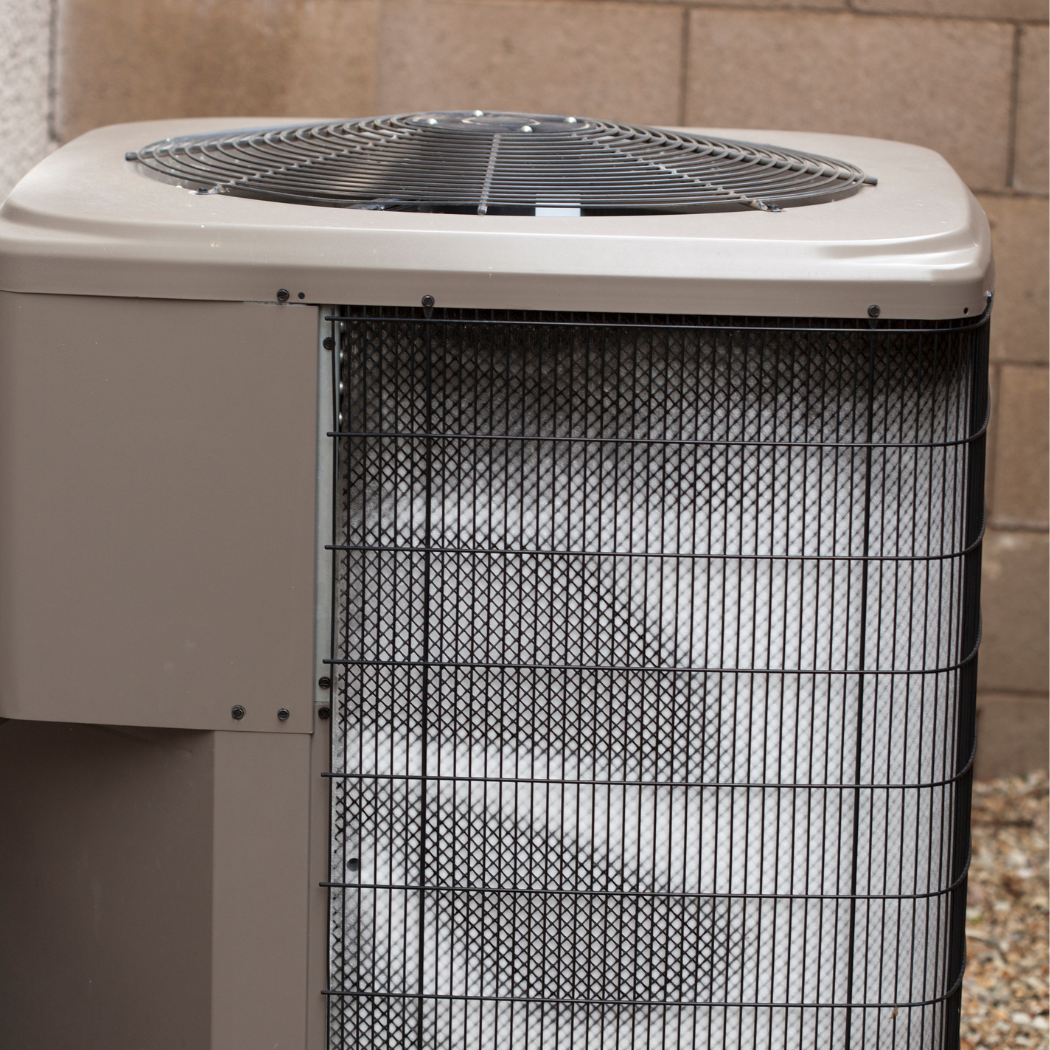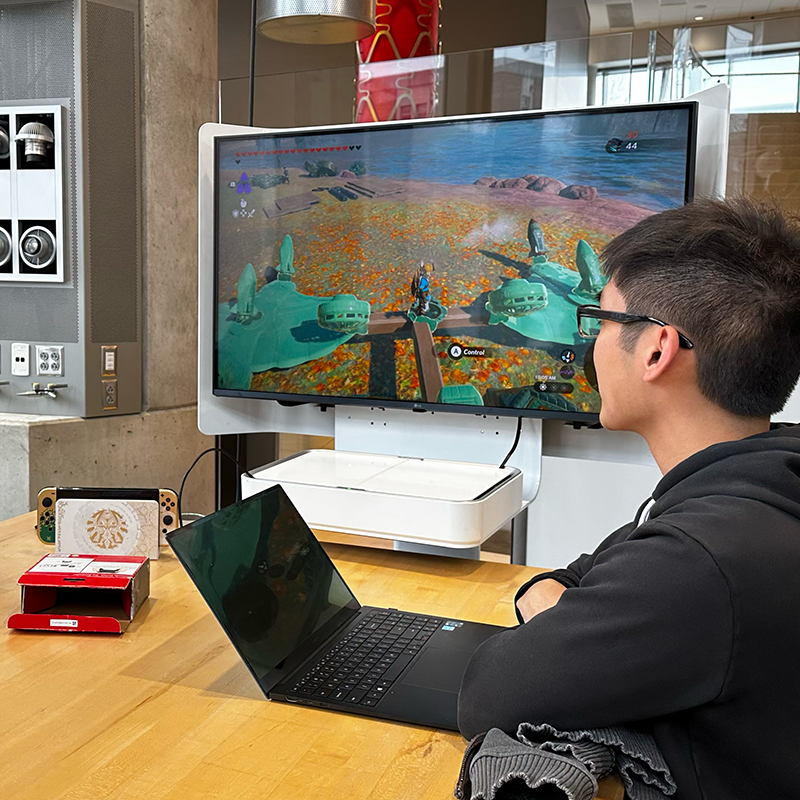News Story
Invention of the Year Finalist: A Revolutionary, High Density, Nanopore Battery
University of Maryland researchers have capitalized on the huge technological potential of nanostructures through the creation of a new nanopore battery, which offers the potential to revolutionize energy storage.
This innovation, one of nine nominees for Invention of the Year, was developed jointly by Director of Maryland NanoCenter and Professor of Materials Science and Engineering Gary Rubloff in collaboration with Professor of Chemistry and Biochemistry Sang Bok Lee, as well as UMD Materials Science Graduate Research Assistants Chanyuan Liu and Xinyi Chen and Chemistry and Biochemistry Graduate Research Assistant Eleanor Gillette.
The device that the research team has developed is capable of high-energy capture and storage at high power and with long cycle life, and has massive arrays of precision nanostructures of identical dimensions, providing an optimal size.
“The ability to create precision nanostructures enables their design to be optimized for energy storage or capture, while minimizing the volume and weight associated with passive and peripheral materials such as binders and separators in the case of batteries and capacitors,” Rubloff said.
The battery gives high stability with charge/discharge cycling. Almost 90% of the battery’s initial capacity is retained after 1,000 cycles at rapid charge rates of between 2.4 and 12 minutes. Furthermore, the cell gives the battery a capacity retention of almost 50% at a rate of 0.4 minutes charge/discharge per cycle.
“The high power/energy performance of the storage devices can improve recharge rate, acceleration, and regenerative braking while reducing battery size,” Rubloff said.
A potential application of this battery is in smoothing out the supply of power generated from renewable energy sources like solar and wind that vary with time.
“Energy storage systems following this invention can smooth out these power levels, reducing space, weight, and cost to implement smart grid systems,” he said.
The battery, Rubloff said, would find initial use in compact devices like sensors and actuators that need high burst power in response to signals.
“Portable sensors may employ batteries to sense motion, then use high power storage as in this invention to turn on other devices (e.g. video camera) and send wireless or cellphone data to central stations for follow-up by authorities,” he said.
Winners of this year’s Invention of the Year Awards will be announced April 29. For more information, visit research.umd.edu or techtransfer.umd.edu.
Published April 9, 2015









